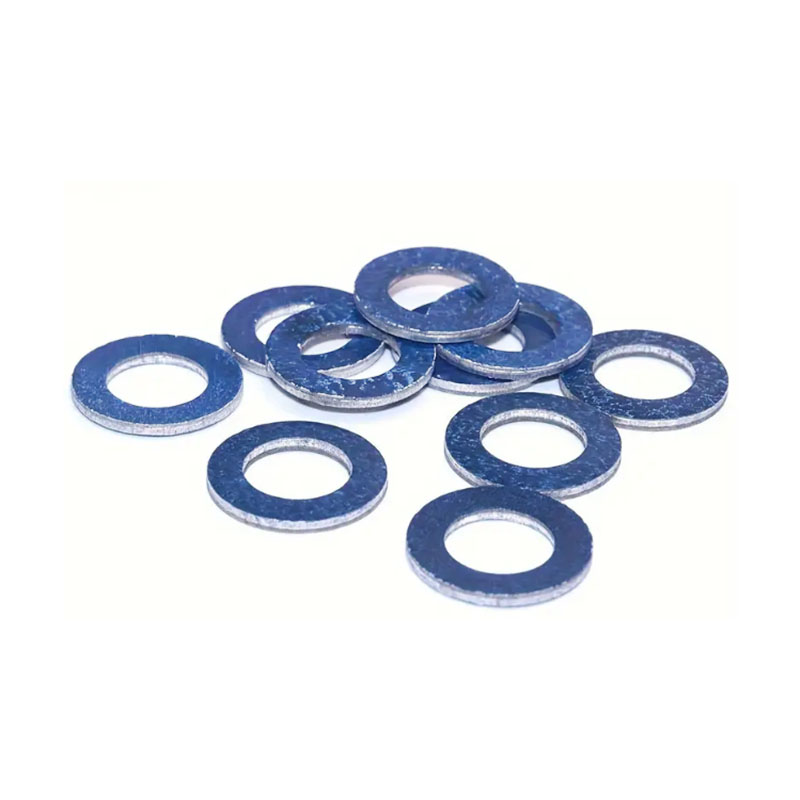17mm oil drain plug
Understanding the 17mm Oil Drain Plug Importance and Maintenance
When it comes to vehicle maintenance, one often overlooked component is the oil drain plug. Specifically, the 17mm oil drain plug is a crucial part of routine oil changes, ensuring that your engine runs smoothly and efficiently. In this article, we will explore the significance of the 17mm oil drain plug, its features, and how to properly maintain it for optimal vehicle performance.
What is an Oil Drain Plug?
An oil drain plug is a small, yet vital component that is typically located at the bottom of the oil pan. Its primary function is to provide a means for old, contaminated oil to be drained from the engine during an oil change. The 17mm oil drain plug is specifically designed with a 17mm hex socket, allowing for easy removal and replacement with the appropriate tool.
The Importance of the 17mm Oil Drain Plug
1. Prevention of Oil Leaks The oil drain plug plays a critical role in sealing the oil pan. A properly fitted drain plug can prevent oil leaks, which can lead to oil starvation in the engine and potentially cause catastrophic engine damage.
2. Ease of Maintenance The standardized size of the 17mm drain plug makes it easier for mechanics and DIY enthusiasts to find the right tools for maintenance. This common size simplifies oil changes and reduces the risk of stripping or damaging the plug during removal.
3. Facilitating Oil Changes During an oil change, the drain plug allows for efficient draining of the old oil, ensuring that all contaminants are removed before new oil is introduced. This promotes better engine performance and longevity.
Maintenance Tips for the 17mm Oil Drain Plug
17mm oil drain plug

Maintaining the oil drain plug is essential for effective vehicle performance. Here are some tips to ensure your 17mm oil drain plug remains in good condition
1. Regular Inspection During routine oil changes, it's important to inspect the drain plug for any signs of wear, such as cracks or stripped threads. If any damage is observed, it may be necessary to replace the plug to prevent leaks.
2. Use the Right Torque When reinstalling the oil drain plug, it’s crucial to adhere to the manufacturer’s torque specifications. Over-tightening can strip the threads or crack the oil pan, while under-tightening can lead to leaks.
3. Install a New Washer Many oil drain plugs use a copper or rubber washer to create a seal. Every time you change your oil, consider replacing the washer to ensure a proper seal and minimize the chance of leaks.
4. Check for Leaks After Changes After an oil change, monitor the area around the oil drain plug for any signs of leaking oil. Addressing leaks immediately can save you from costly repairs down the road.
5. Learn to DIY With the right tools and a bit of knowledge, performing your own oil changes can be a cost-effective and satisfying experience. Familiarizing yourself with the oil drain plug’s role and maintenance needs empowers you to take better care of your vehicle.
Conclusion
The 17mm oil drain plug may be a small component, but it plays an essential role in the health of your vehicle. Regular maintenance and attention to this part can prevent leaks and ensure your engine operates at peak performance. By understanding the importance of the oil drain plug and following best maintenance practices, you can enhance your vehicle’s longevity and reliability.
-
Understanding the Front Main Engine Seal: Purpose, Maintenance, and Installation
News Jul.29,2025
-
Understanding O-Rings and Seal Rings: Types, Applications, and Custom Solutions
News Jul.29,2025
-
Understanding Crankshaft Oil Seals: Rear Seals, Pulley Seals, and Their Role in Engine Integrity
News Jul.29,2025
-
The Importance of Front and Rear Crankshaft Seals in Engine Performance and Oil Management
News Jul.29,2025
-
Crank Oil Seals: Functions, Types, and Cost Considerations in Engine Maintenance
News Jul.29,2025
-
A Comprehensive Guide to O-Rings and Seals: Types, Materials, and Global Applications
News Jul.29,2025
-
Mastering Diesel and Performance Engine Maintenance: A Guide to Critical Oil Gaskets
News Jul.28,2025
Products categories















